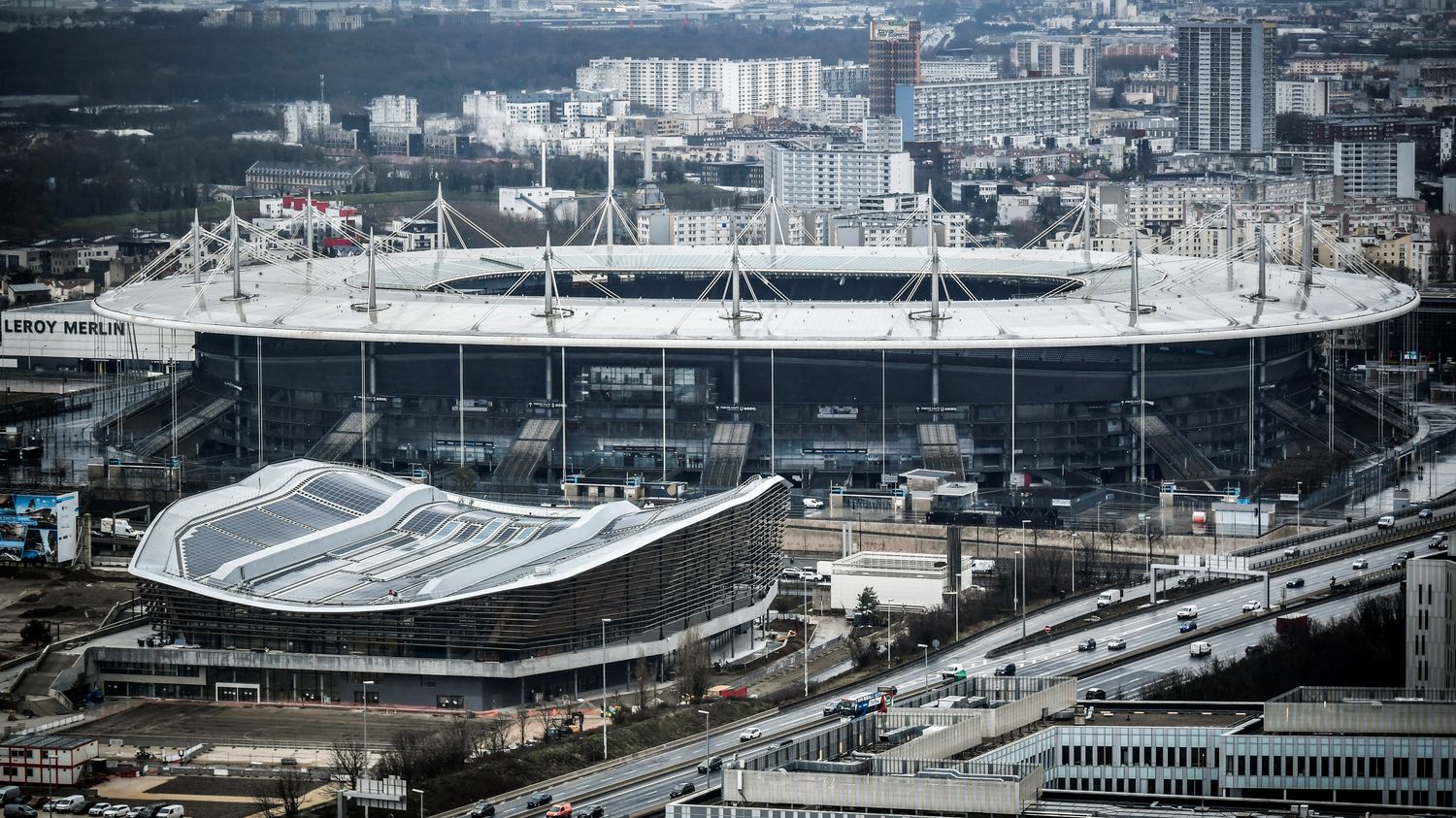According to a study by the Respire association, 95% of sports venues in the Paris region exceed the World Health Organization’s recommendations in terms of air quality.

Published
Update
Reading time: 2 min

Almost all sports fields in the Île-de-France region are overexposed to air pollution. According to a report by the Respire association, published less than two weeks before the start of the Paris Olympic Games, sports venues located near the ring road are three to four times higher than the recommendations of the World Health Organization (WHO). This pollution obviously poses risks to the health of athletes, warns the association, which wants to take advantage of the Olympic Games to raise awareness, because it is also during the summer and the high temperatures that pollution is at its highest.
The study shows that despite an improvement in air quality over the last 10 years in Paris, almost all of the sports fields studied in the metropolis are still too polluted. The outdoor sports field located at Porte d’Asnières between Paris and Levallois-Perret, for example, is the most polluted in 2023. The ring road is only about ten meters from the athletics track and football fields. Despite the pollution, Adèle, 28, comes running twice a week: “A lot of cars, a lot of dust flying around, so it’s not good at all. I cough, it scratches in my throat and then it can turn into an asthma attack,” Adele exhibits.
“Anyway, we live here, so whether it’s not to do sports or to do sports, we breathe the same air.”
Anatole comes to play football near the ring road every week, he lives five minutes from the stadium but, for him, the pollution changes his performance: “I play for less time and I smell the pollution, I can get a little dizzy.” But he remains convinced that exercising during pollution peaks is better than not exercising at all.
A preconceived idea that Tony Renucci, director of the Respire association, which initiated the study, is challenging: “When you exercise, you breathe in 4 to 10 times more pollutants than when you are resting”he explains, with a risk of developing cardiovascular and respiratory diseases. For him, before any sporting activity, you should get into the habit of checking the air quality, including during the Olympic Games. “What we see at the Stade de France, or at other stadiums like Roland Garros, is that in any case, their geographical location means that they are exposed. If it turns out that we have, at some point, pollution peaks during the Olympics, we will also have to ask ourselves the question of postponing certain disciplines.”
According to the association, the authorities are aware of the problem, since the Olympic village, also built near the ring road, is equipped with air purifiers, a first. Air pollution is the third leading cause of death in France. It notably causes cardiovascular, respiratory and neurological diseases.
